Bringing the Fight to Fear
Fear is a potent adversary. The fear that we will be harmed is common. Fear does not play nicely; it does not easily go away when the risk of harm goes away. In our high stress culture, fear-based emotion has become a way of life. Many people who are raised anxious families are developmentally trained to be afraid. The fear-based emotions of worry and anxiety are as common as dollars and cars. When saddled with fear, romantic partners are emotionally disabled from loving well.
Contrary to popular opinion fear is the opposite of love, not hate. Within a love relationship, fear has the same effect on love as water has on flames. When one partner within a couple is chronically anxious, imbalances form that have negative long-term effects on the the quality and longevity of the relationship. A partner who chronically worries or is prone to panic tries to feel better and gain security by controlling the other partner and violating his or her boundaries of autonomy. Other partners react to fear by distancing themselves in a dance of avoidance to reduce discomfort.
Fear is a future-oriented emotion which takes advantage of the future’s unknown to predict and assume hardship, tragedy and catastrophe. The roots of this pattern are usually in past experiences of loss, disappointment and trauma. Those who live in fear imagine a bad life before they have a chance to live it. Repetitive thoughts of a scary outcome inflate the intensity of fear. Often criticized as irrational fear seems particularly inexplicable to those not feeling it. Yet when gripped by terror, fear is completely real to the one living it.
Fear based emotions show up in many forms and constitute a range of intensity, severity and degree of debilitation. A characteristic of the fearful person is a of loss of control. Fear appears like a separate outside force; unchallenged, it takes more and more control of the emotional experience. To the worrier, worry does not seem like a choice. A traumatized person, who obsesses with repetitive thoughts, feels a loss of control over this cyclic mental pattern. The victim of panic attacks is in terror about not knowing when the next episode will suddenly arrive from seemingly nowhere.
Other fear-based disorders include: Generalized Anxiety Disorder, a chronic state of fear that is not a response to any specific incident; Panic Disorder, episodes of intense debilitating fear which may arrive unexpectedly and are often confused with a heart attack; Post-traumatic Stress Disorder, or PTSD are the after effects of extreme and harmful events suffered in the past beyond an individual’s control; Jealousy and relationship insecurity can be associated with an unresolved past loss and are expressed as chronic fear of abandonment; and Phobias are intense fear with a specific focus, such as heights, bridges or spiders which provoke terror and emotional paralysis.
The more that fear and its illusions of harm are respected the larger it grows…like putting fertilizer on the weeds. Anxiety about flying in an airplane may progress to panic if the fear is stoked and ultimately develop into a phobia if the fear is respected by consistently avoiding that which is feared. Worry is the least productive kind of thought, offering no benefit while enticing the worrier with a short lived illusion of control. It advances the cause of fear.
Franklin Roosevelt said there is nothing to fear but fear itself, a deeply true statement. Fear is an insidious emotion that encourages predictions of pain, loss and catastrophe which increase the likelihood of a negative future. When we challenge fear by looking it straight in the eye and say no to it by fighting it one worry at a time, one fear-influenced choice at a time we can do anything in spite of fear. Our love relationships cannot reach heights of love and connection when darkened by patterns of worry and insecurity. Take back control from fear. Confront it. Vanquish it by bringing your fight to fear. Andrew Aaron, LICSW

